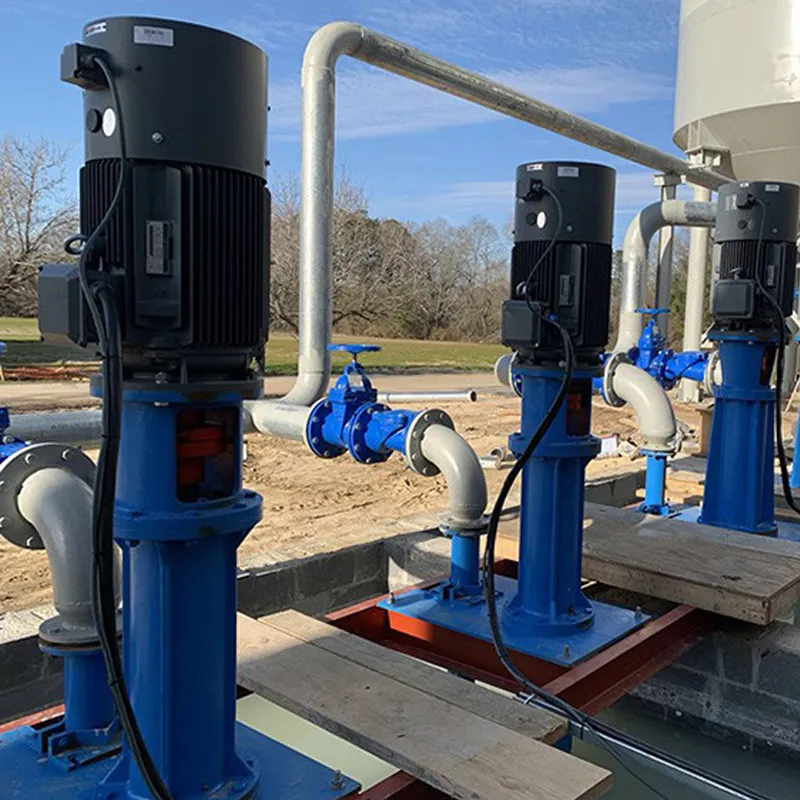Icelandic
- Afrikaans
- Albanian
- Amharic
- Arabic
- Armenian
- Azerbaijani
- Basque
- Belarusian
- Bengali
- Bosnian
- Bulgarian
- Catalan
- Cebuano
- Corsican
- Croatian
- Czech
- Danish
- Dutch
- English
- Esperanto
- Estonian
- Finnish
- French
- Frisian
- Galician
- Georgian
- German
- Greek
- Gujarati
- Haitian Creole
- hausa
- hawaiian
- Hebrew
- Hindi
- Miao
- Hungarian
- Icelandic
- igbo
- Indonesian
- irish
- Italian
- Japanese
- Javanese
- Kannada
- kazakh
- Khmer
- Rwandese
- Korean
- Kurdish
- Kyrgyz
- Lao
- Latin
- Latvian
- Lithuanian
- Luxembourgish
- Macedonian
- Malgashi
- Malay
- Malayalam
- Maltese
- Maori
- Marathi
- Mongolian
- Myanmar
- Nepali
- Norwegian
- Norwegian
- Occitan
- Pashto
- Persian
- Polish
- Portuguese
- Punjabi
- Romanian
- Russian
- Samoan
- Scottish Gaelic
- Serbian
- Sesotho
- Shona
- Sindhi
- Sinhala
- Slovak
- Slovenian
- Somali
- Spanish
- Sundanese
- Swahili
- Swedish
- Tagalog
- Tajik
- Tamil
- Tatar
- Telugu
- Thai
- Turkish
- Turkmen
- Ukrainian
- Urdu
- Uighur
- Uzbek
- Vietnamese
- Welsh
- Bantu
- Yiddish
- Yoruba
- Zulu
Telephone: +86 13120555503
Email: frank@cypump.com
des . 25, 2024 12:14 Back to list
High-Efficiency Submersible Agitator Pump for Enhanced Fluid Mixing and Circulation Solutions
Understanding Submersible Agitator Pumps A Comprehensive Overview
Submersible agitator pumps are a specialized type of pump designed to operate while submerged in the fluids they are intended to move. These pumps are engineered to manage challenging conditions, including handling slurries, thick liquids, and applications requiring intense mixing. Their design integrates both pumping and agitation features, facilitating the movement and blending of fluids within various industrial sectors, including wastewater treatment, mining, and chemical processing.
The Mechanics of Submersible Agitator Pumps
At the heart of a submersible agitator pump is its motor, which is encased in a watertight housing that allows it to function underwater. This design prevents the need for a complex system of suction lines and foot valves, significantly simplifying installation and maintenance. The motor directly drives the impeller, creating a powerful suction that draws fluids into the pump.
The agitation aspect is achieved through a series of blades or paddles attached to the pump’s body, which generates turbulence. This mixing action is crucial when dealing with heterogeneous mixtures, ensuring that solids are kept suspended and evenly distributed throughout the liquid medium.
Applications and Benefits
Submersible agitator pumps are commonly used in several applications, each benefiting from the pump’s unique capabilities
1. Wastewater Treatment In wastewater treatment plants, these pumps are instrumental in handling raw sewage and sludge. They help to keep solid particles suspended, preventing clogging and ensuring efficient processing of wastewater. Their ability to operate submerged results in reduced odours and emissions compared to surface-mounted alternatives.
2. Mining Operations In the mining industry, submersible agitator pumps are utilized for dewatering mines and managing slurry. The pumps effectively transport tailings, slurries, and fines without the risk of clogging, which is essential for ongoing mining operations.
3. Chemical Processing In the chemical industry, these pumps may be used to mix reactive chemicals safely. The agitation ensures uniform mixing, which is crucial for maintaining product consistency and enhancing reaction efficiency.
submersible agitator pump

4. Agriculture In agricultural applications, submersible agitator pumps can be used for managing liquid fertilizers and other mixtures, ensuring that the solutions are homogenous before they are applied to fields.
Advantages Over Traditional Pumps
The advantages of submersible agitator pumps over traditional surface pumps are numerous
- Space Efficiency Submersible pumps occupy less surface area, making them ideal for applications with limited installation space. - Reduced Risk of Cavitation Because they are submerged, the risk of cavitation is significantly reduced, which extends the lifespan of the pump and improves overall efficiency. - Lower Operational Costs By eliminating the need for additional equipment such as suction lines and pumps, operational costs are minimized. - Flexibility and Versatility These pumps can handle a variety of fluid types, from clear water to viscous slurries, making them versatile tools in various settings.
Maintenance and Considerations
While submersible agitator pumps offer many benefits, they are not without challenges. Proper maintenance is crucial for ensuring their longevity and efficiency. Regular inspections for wear and tear, particularly on components like seals and impellers, can prevent costly failures.
Additionally, when selecting a submersible pump, it’s essential to consider factors such as the type of fluid being pumped, the required head and flow rates, and the environmental conditions in which the pump will operate. Choosing the right materials and specifications can significantly affect the pump’s effectiveness and durability.
Conclusion
Submersible agitator pumps are an invaluable asset in numerous industries, effectively combining the functionalities of both agitation and pumping. Their unique design allows for efficient handling of challenging fluids, making them suitable for a wide range of applications, from wastewater management to industrial processing. By understanding their mechanics, applications, and maintenance needs, businesses can make informed decisions that enhance operational efficiency and productivity. As technology continues to evolve, these pumps are likely to see further innovations, solidifying their role as critical components of modern fluid management systems.
-
Heavy-Duty Mining Sludge Pumps - Wear-Resistant Slurry Handling
NewsAug.02,2025
-
Horizontal Split Case Pump with GPT-4 Turbo | High Efficiency
NewsAug.01,2025
-
ISG Series Pipeline Pump - Chi Yuan Pumps | High Efficiency, Durable Design
NewsAug.01,2025
-
Advanced Flue Gas Desulfurization Pump with GPT-4 Turbo | Durable & Efficient
NewsJul.31,2025
-
ISG Series Vertical Pipeline Pump - Chi Yuan Pumps | Advanced Hydraulic Design&Durable Construction
NewsJul.31,2025
-
ISG Series Vertical Pipeline Pump - Chi Yuan Pumps | Energy Efficient & Low Noise
NewsJul.31,2025










